In the northern coast of Mindanao, resides a small island that is known for the laid back rhythm, untouched landscapes, and deep rooted traditions. According to old records, Camiguin got its name from the word “Kamagong”, a kind of tree that grows in the province of Surigao del Norte, the place where the early settlers came from. Among the early inhabitants of the island are the Manobo’s coming from the mainland Mindanao during the pre-Spanish era.
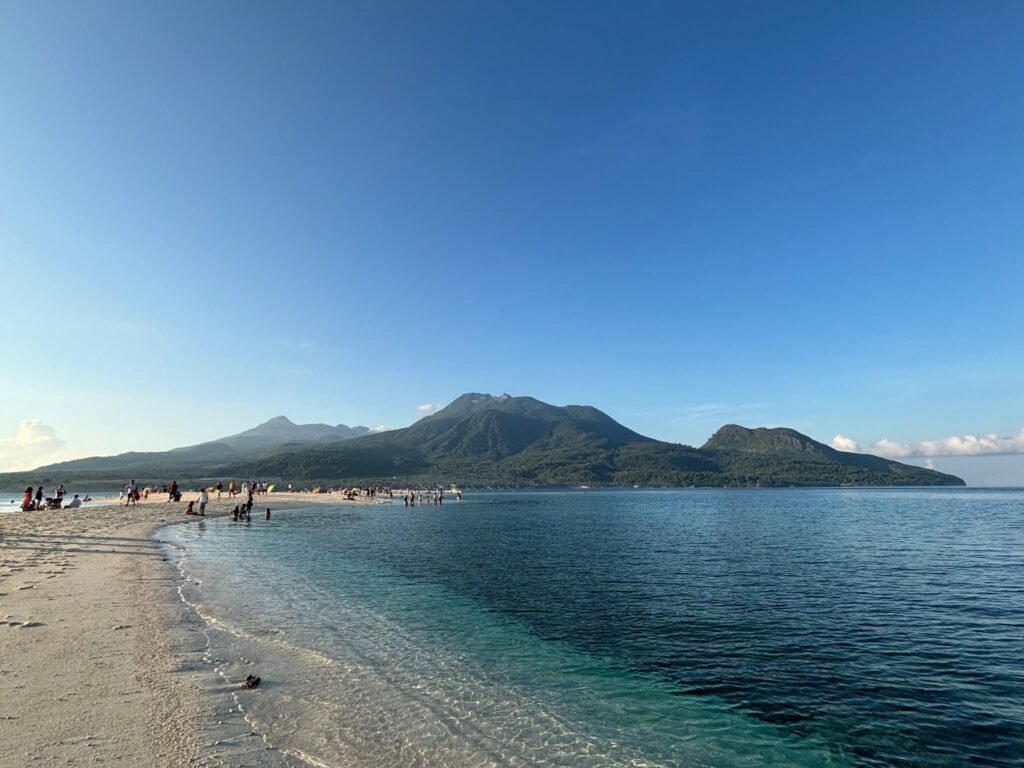
The beginning of it all…
The first Spanish settlements were established in 1598 in the town of Guinsiliban, the municipality facing the province of Misamis Oriental. During 1679, a major Spanish settlement was established in Katadman, now known as the municipality of Catarman. The flourishing village was destroyed by the eruption of Mt. Vulcan Daan on May 1, 1871. The ruins of the Gui-ob church are now a tourist attraction that attracts people to come and visit the island.
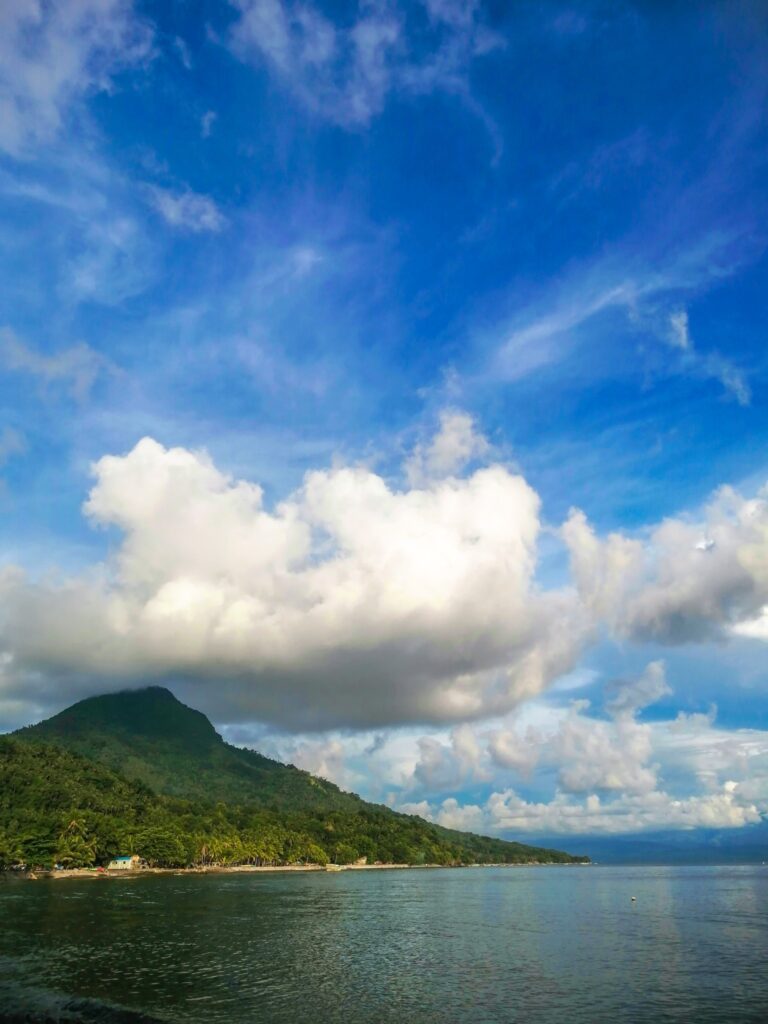
The eruption was not the first but was the worst by far, covering the entire village with lava and huge volcanic boulders. The earthquake that preceded the eruption sank a large portion of the area, sinking even the public cemetery. The watery grave has now become one of the popular diving spots in the country. A big cross marker stands where the cemetery used to be. Another active volcano erupted on December 4, 1951 in Mambajao. Mount Hibok-Hibok, standing majestically at 4,370 feet, killed more than 3,000 inhabitants of the capital town.
The folklore behind it
Legend has it that the island decided to make a grand entrance and by doing so, it erupted from the sea that made things shake everything up thousands of years ago. The volcanic activity shaped the island’s landscape and created its unique features.
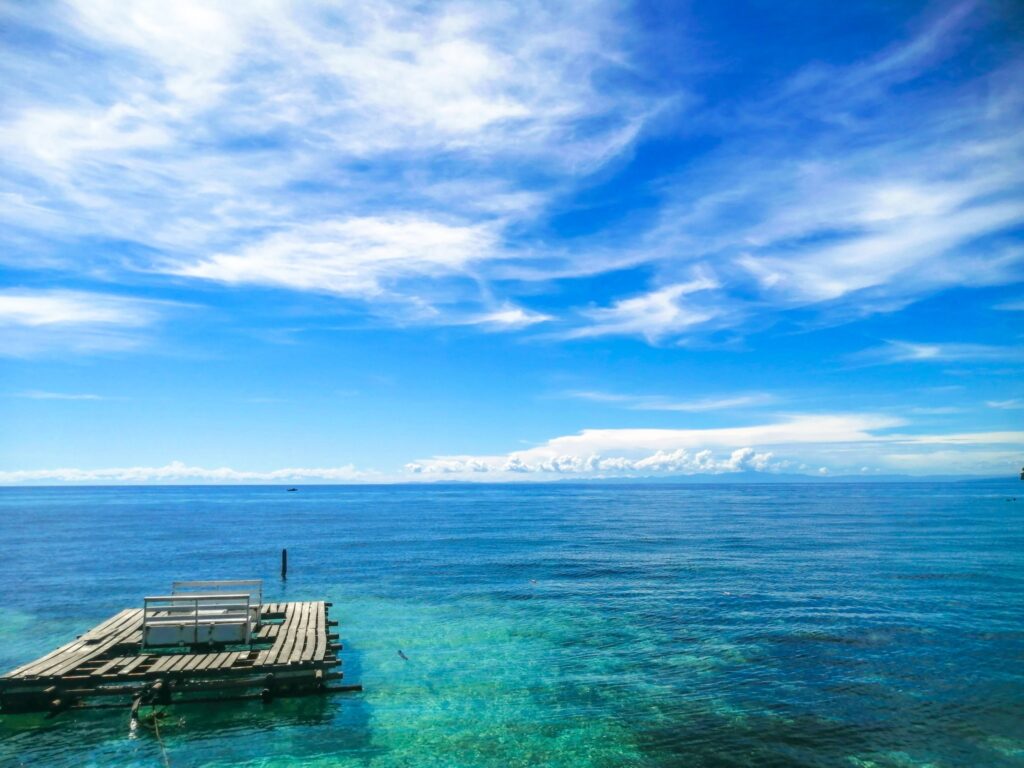
How the name “Island Born of Fire” came to be…
Mount Hibok-Hibok
The volcano is described to be similar to a rebellious teenager as it had a major outburst in 1961 and it is now under surveillance by the watchful eyes of volcanologists. With Mount Hibok-Hibok around, they say that the island’s volcanic vibe has gotten hotter than ever, earning a well deserved name.
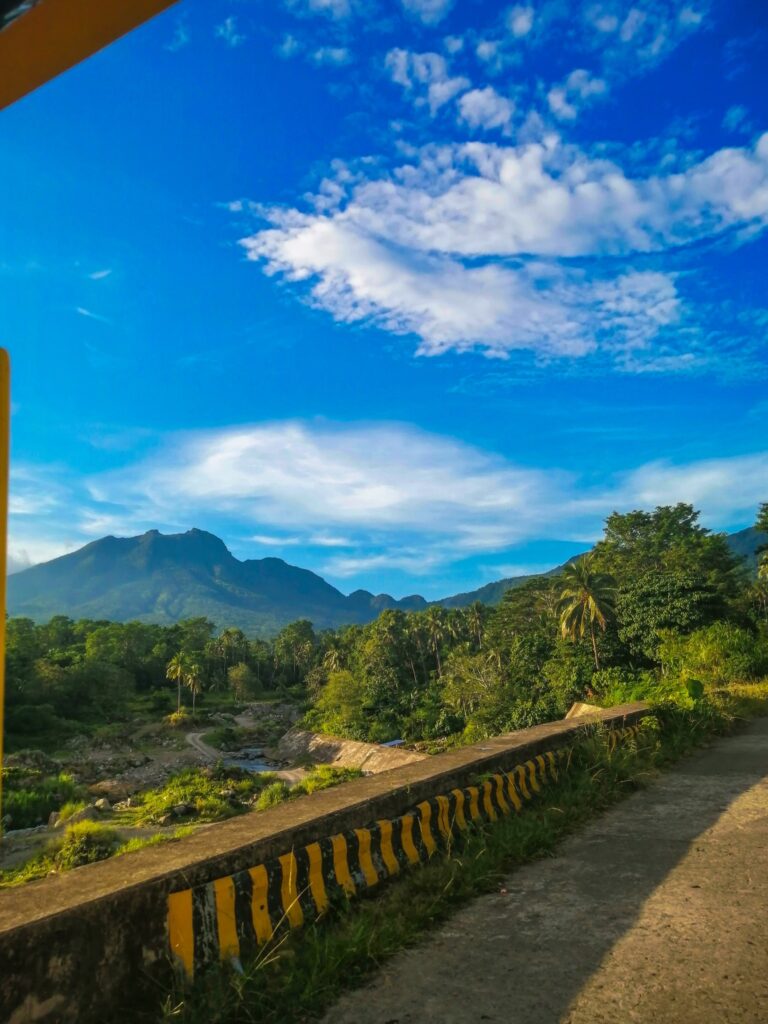
Sunken Cemetery
a must-see for those who want to witness the power of Mother Nature. Looks like even the dead couldn’t resist the fiery charm of Mount Vulcan’s eruption in the 19th century, as they decided to take a dip and sink part of the cemetery underwater. The Sunken Cemetery has become quite the hot spot for snorkeling and diving enthusiasts, with its underwater tombstones drawing in curious tourists from all over.
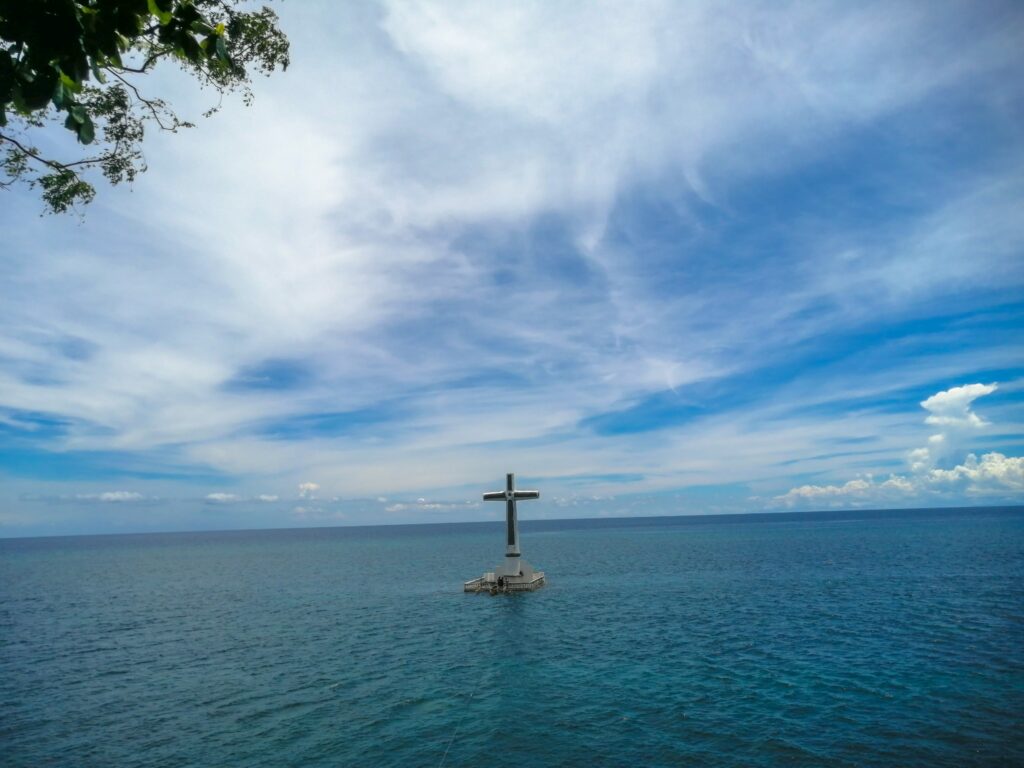
Hot springs and Geothermal Energy
Camiguin is also known for its hot springs, which are a result of the geothermal activity associated with volcanic activity. Take a break from your busy life and soak in the warmth of nature’s jacuzzi at the Ardent Hot Spring – a must-visit spot on the island!
Unique Geological Formations
Camiguin’s landscape is a masterpiece crafted by the fiery hands of its volcanic history. This includes black sand beaches, rugged coastlines, and rocky outcrops, all contributing to the island’s distinctive charm.
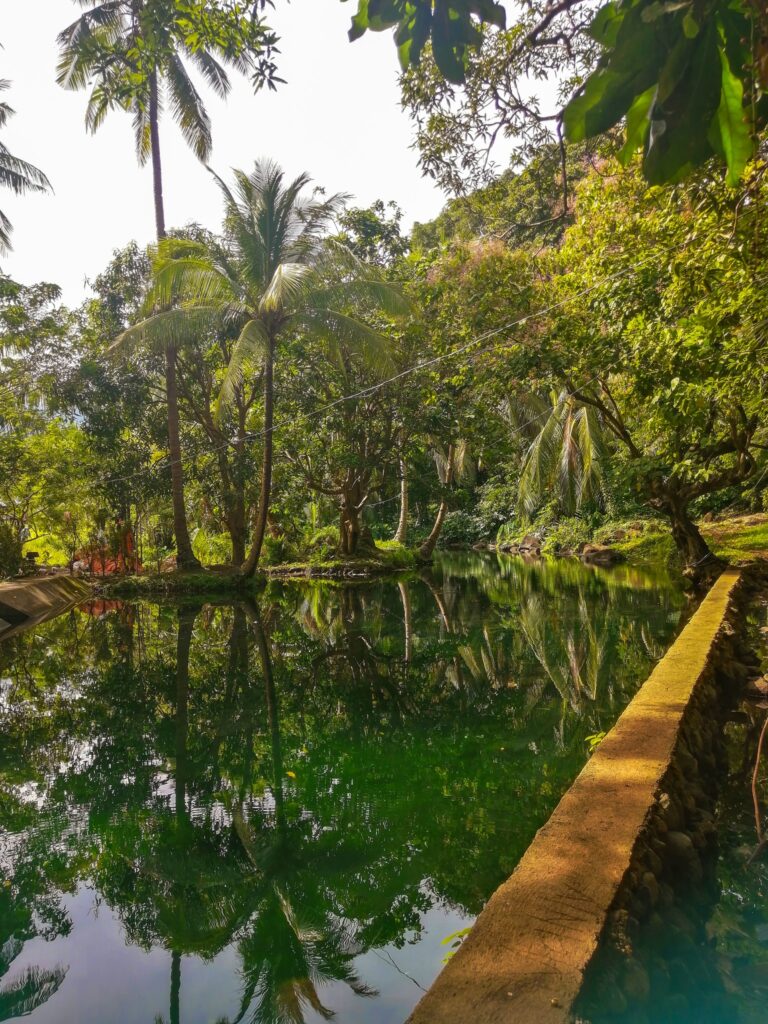
Camiguin, also known as the “Island Born of Fire,” is basically the result of Mother Nature’s explosive personality. The island’s fiery past and natural heritage are like a magnet for adventurous travelers seeking a dash of intrigue and a sprinkle of beauty.
Roaming chickens and time standing still
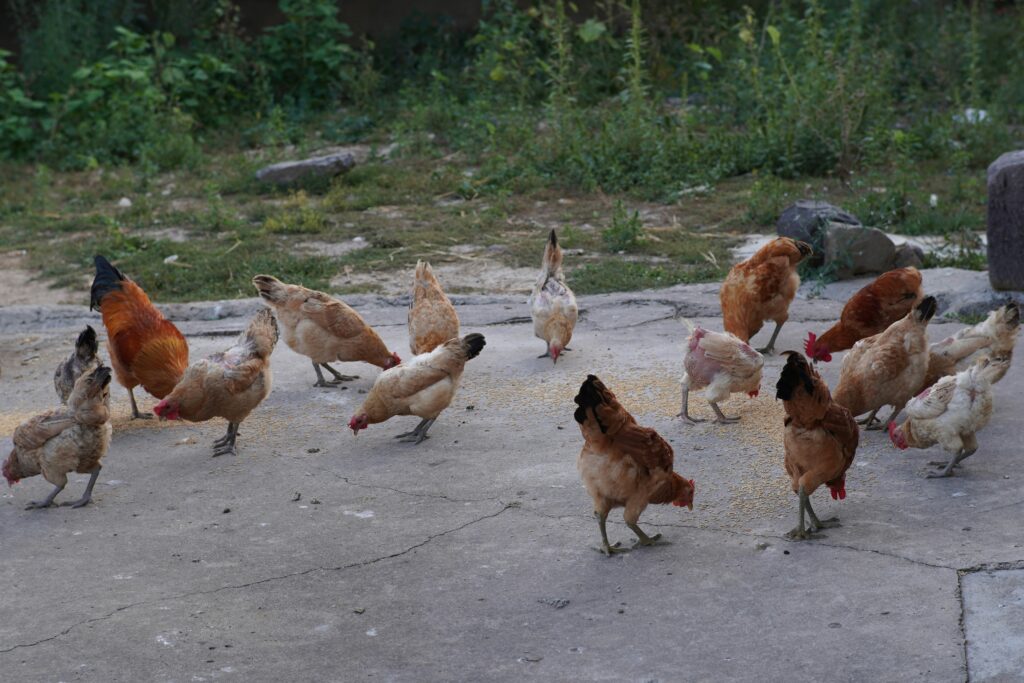
Chicken were seen roaming the street from travelers who visited the island. In Camiguin it is normal to see roaming chickens in the street because those types of chicken tend to be leaner when cooked. They use those chickens in a local dish called “Manok Surol”. Many travellers have also mentioned that because of the more laid back style of living in Camiguin, simply put, it just feels like time is slipping by between hot spring dips and waterfall visits. They also have minimal commercial development and this contributes to the vibe of the island. The Camiguin Provincial Government emphasizes sustainable tourism and heritage over modernization, which slows the pace intentionally.


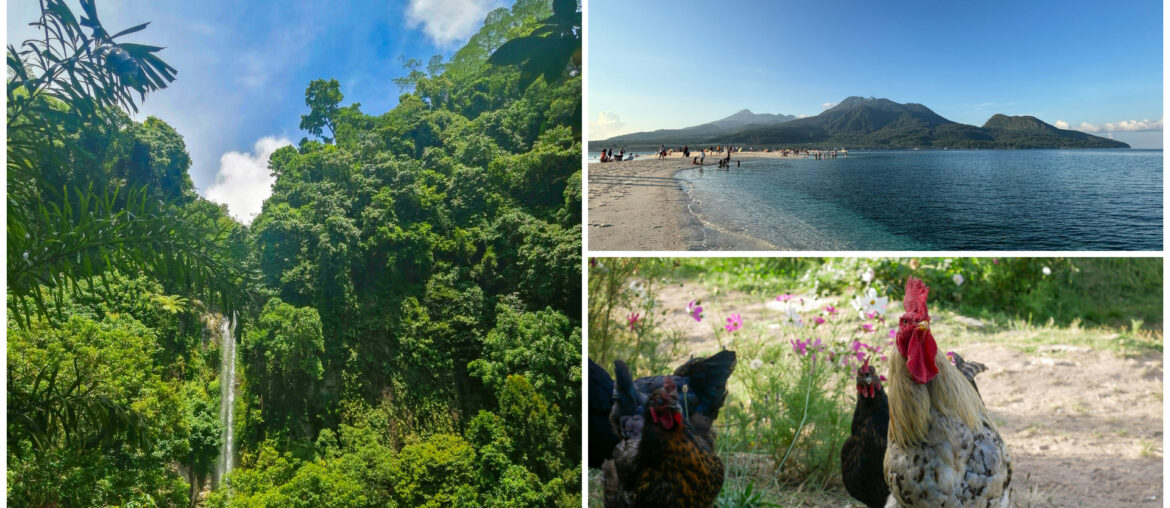
Comments are closed.